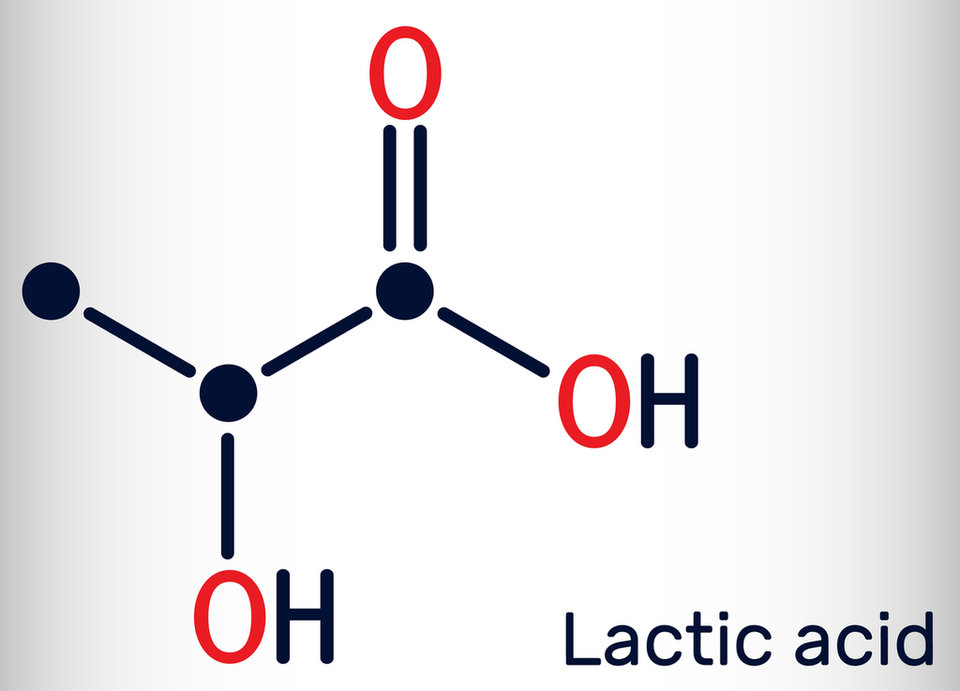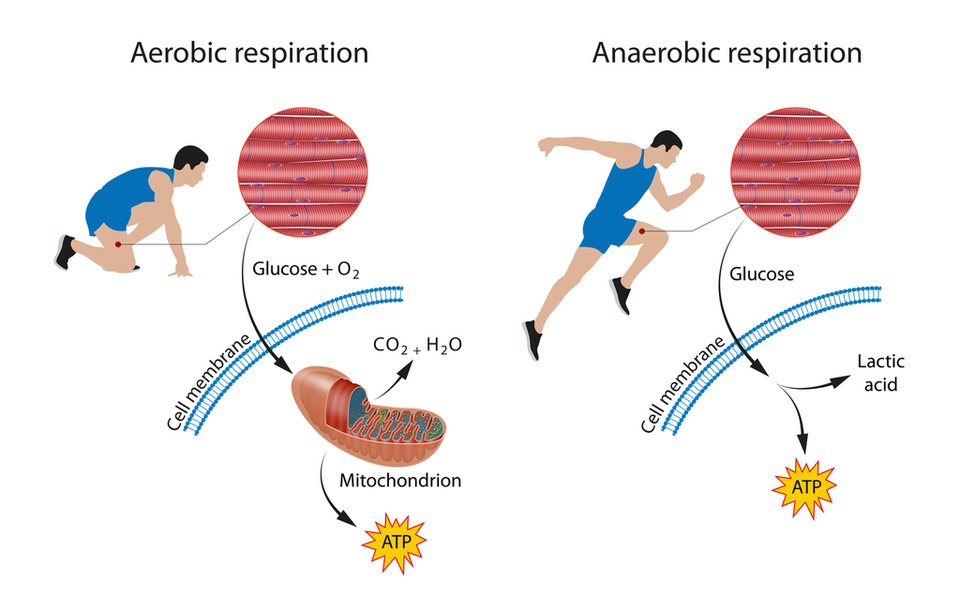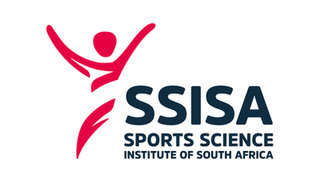Anaerobic threshold
Words By Sports Science Institute of South Africa.

BACK TO TOP
The Anaerobic Threshold (AT) is the exertion level between aerobic and anaerobic training and is a useful measure for deciding exercise intensity for training and racing in endurance sports. Here is what we know:
- The anaerobic or lactate threshold was long recognised as the point during exercise of increasing intensity, at which blood lactate concentrations increase above steady-state levels due to a lack of oxygen delivery to working muscles, and this coincided with fatigue and termination of exercise.
- It is now acknowledged that the increase in lactate is not due to a shortage of oxygen.
- Lactate is produced continuously under aerobic conditions, and increases as work rate (intensity) increases due to increased rates of glycolytic metabolism.
- Lactate is ‘shuttled’ as an important substrate for utilisation by multiple organs including oxidative metabolism by other working or resting muscles, the heart as well as conversion to glucose in the liver ‘gluconeogenesis’.

- Lactate concentration increases at an intensity where lactate production exceeds the rate of lactate clearance and represents a marker of physical strain or stress.
- Lactate ‘threshold’ (LT) can be delayed or ‘improved’ by increasing the body’s capacity to clear lactate at these intensities (appropriate endurance training).
- The LT is used to identify the transition between moderate (no notable increase in lactate) and heavy (increased lactate) exercise intensity domains.
- Notable: exercise is still sustainable above LT as relevant physiological variables (ventilation, blood and muscle PH, muscle fatigue) are still able to stabilise.

- Critical Power or Critical Speed (CP/CS) are ‘thresholds’ at higher intensities than LT that are used to distinguish between heavy (still sustainable) and severe (not sustainable) intensity domains.
- Exercise above CP/CS requires a sustained and obligatory non-oxidative metabolic contribution (driving very high lactate concentrations) and other physiological parameters are unable to stabilise; however, there is still no compelling evidence to support the absence of oxygen above CP/CS.

The Sports Science Institute of South Africa (SSISA) exists to optimise the sporting performance and health of all South Africans through the execution, application, and dissemination of science.